Femoral Acetabular Impingement
Hip Impingement Syndrome
If you’re like most people, you probably have no idea what hip impingement syndrome is. You’re not alone. Hip impingement syndrome is a relatively unknown condition that can lead to serious problems if left untreated. In this post, we’ll take a look at what hip impingement syndrome is, the symptoms, and how to treat it. We’ll also discuss some of the possible risks associated with this condition. So, if you’re curious about hip impingement syndrome, keep reading!
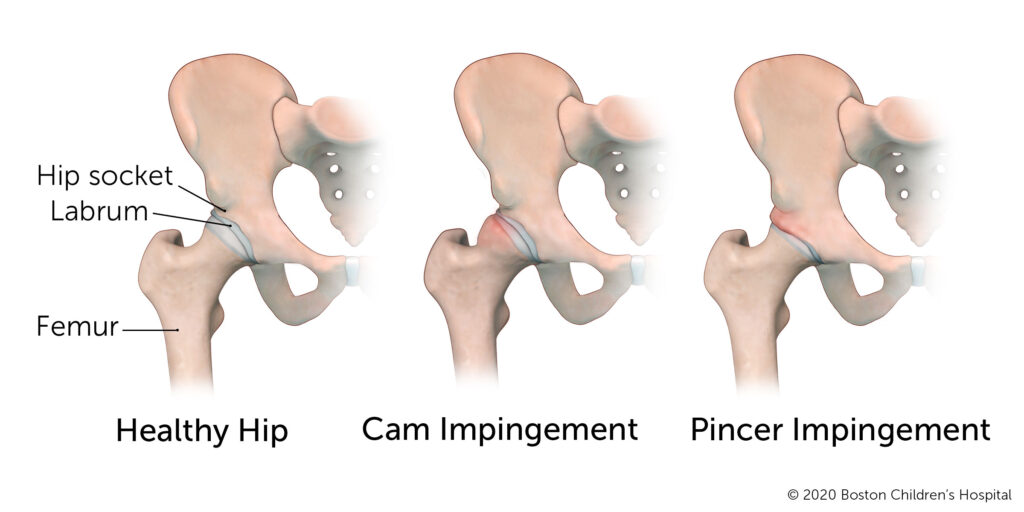
What is hip impingement syndrome?
Hip impingement syndrome is a condition that occurs when there is too much friction between the hip joint and the surrounding soft tissue. This can lead to pain, inflammation, and damage to the hip joint. Hip impingement syndrome is often caused by activities that put stress on the hip joint, such as running or playing sports.
If you think you may have hip impingement syndrome, it is important to see a doctor so that the condition can be properly diagnosed and treated. Left untreated, hip impingement syndrome can eventually lead to arthritis of the hip joint.
There are two main types of hip impingement syndrome: internal and external. Internal hip impingement syndrome occurs when the head of the femur (thighbone) rubs against the acetabulum (hip socket). External hip impingement syndrome occurs when the greater trochanter (bony prominence on the side of the hip) rubs against the iliotibial band (tissue that runs along the outside of the thigh).
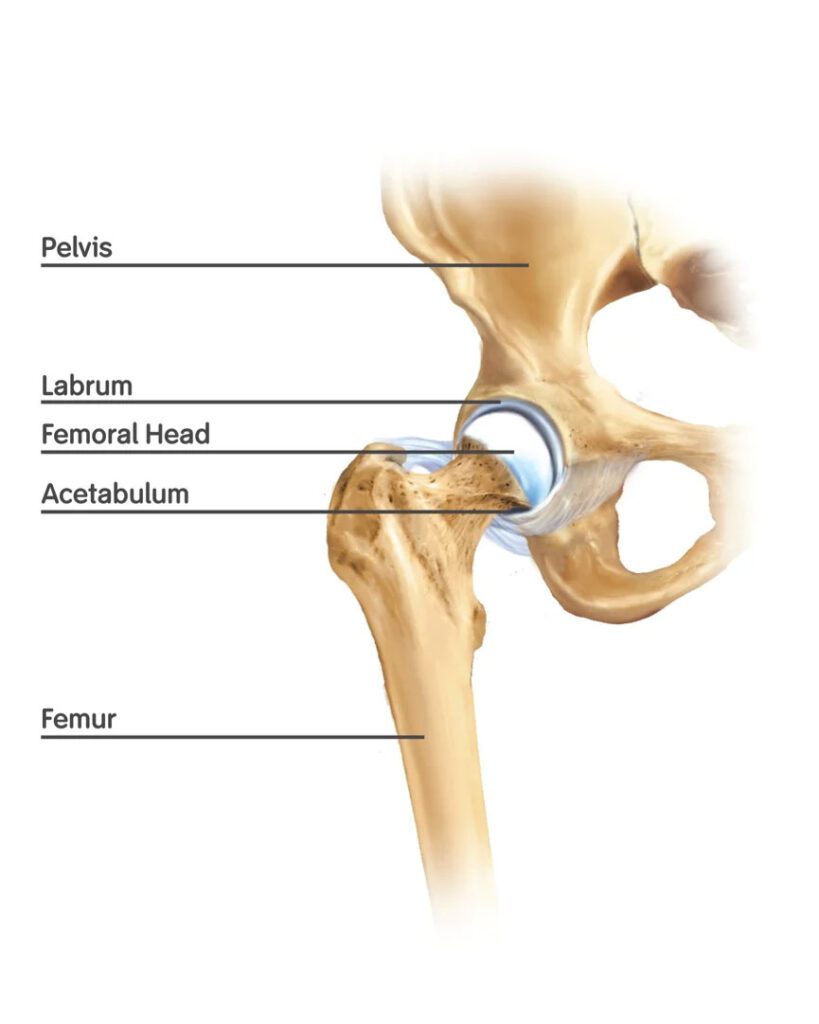
Symptoms of Hip Impingement Syndrome
Hip impingement syndrome is a condition that can cause pain and stiffness in the hip joint. The symptoms of hip impingement syndrome may vary depending on the severity of the condition, but can include:
– Pain in the hip joint, especially when moving the hip or sitting for long periods of time
– Stiffness in the hip joint
– Limited range of motion in the hip joint
– Clicking or grinding sensations when moving the hip
– Weakness in the muscles around the hip joint
If you are experiencing any of these symptoms, it is important to see a doctor or orthopedic specialist for an evaluation.
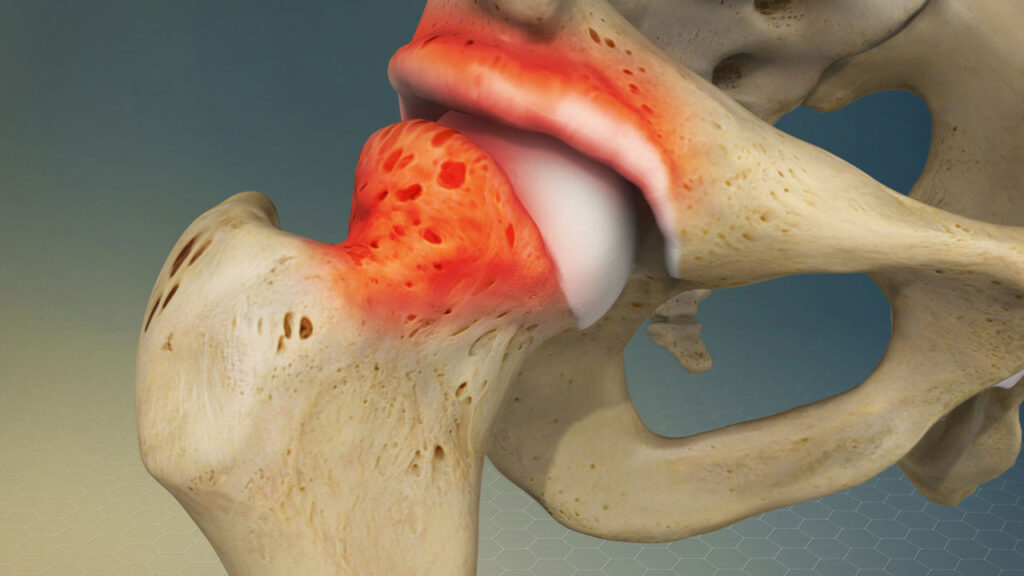
Treatment for Hip Impingement Syndrome
The first step in treating hip impingement syndrome is to identify and correct the underlying cause of the condition. If there is an underlying structural problem, such as a misalignment of the hip joint, this will need to be corrected through surgery.
If there is no underlying structural problem, then the focus of treatment will be on managing the symptoms of the condition. This may include a combination of physical therapy, medications, and lifestyle changes.
Physical therapy can help to stretch and strengthen the muscles around the hip joint, which can help to reduce pain and improve the range of motion. Medications such as anti-inflammatories can also be helpful in reducing pain and swelling.

Long-term effects of hip impingement syndrome
Hip impingement syndrome is a condition that results when the bones in the hip joint rub against each other, causing pain and restricted movement. Hip impingement syndrome can lead to cartilage damage and early onset arthritis.
If left untreated, hip impingement syndrome can cause long-term pain and disability. Treatment options for hip impingement syndrome include physical therapy, medications, and surgery.
If you have hip impingement syndrome, it is important to seek treatment as soon as possible to avoid long-term complications. Early diagnosis and treatment can help improve your chances of a full recovery.
Tips to prevent Hip Impingement Syndrome
There are several things you can do to prevent hip impingement syndrome from developing or worsening. First, avoid activities that put unnecessary stress on your hips, such as running or jumping. Second, maintain good joint mobility by doing regular stretching and strengthening exercises. Third, maintain a healthy weight to reduce the amount of force that your hips have to bear. Finally, see your doctor or orthopedic surgeon if you have any pain or stiffness in your hips so that the cause can be diagnosed and treated early.
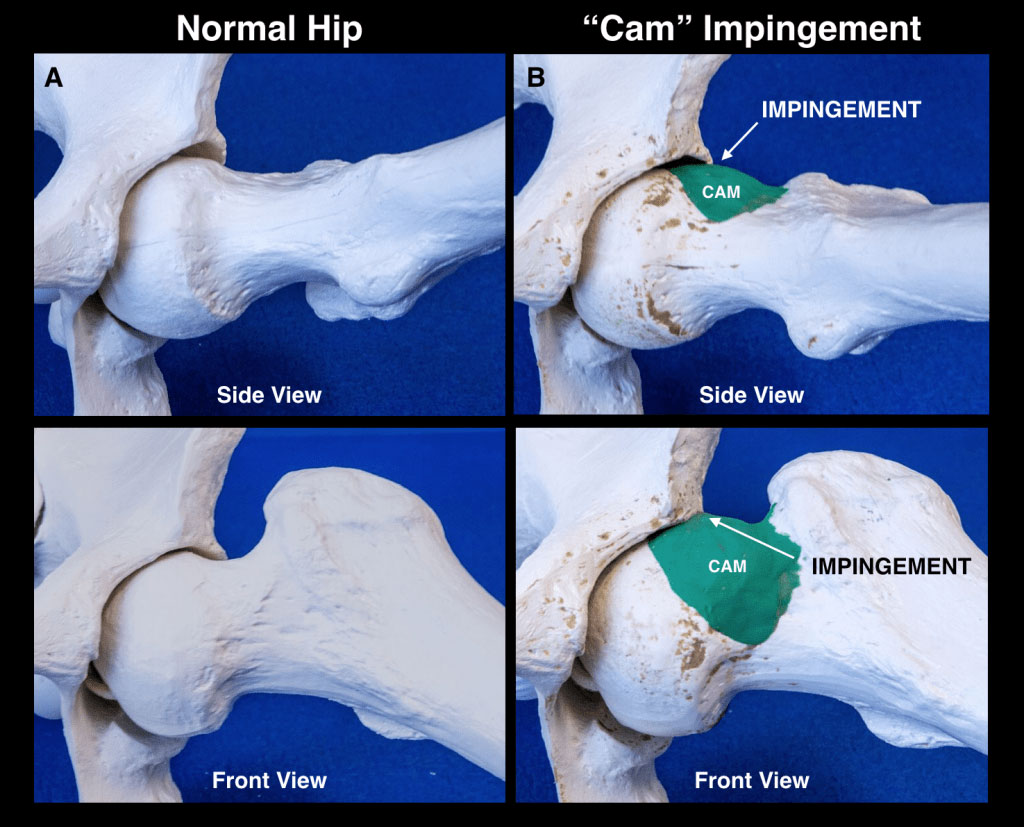
Exercises to improve symptoms of hip impingement syndrome
Yes, there are a number of exercises that can help improve symptoms of hip impingement syndrome. These include:
Stretching exercises
These can help to improve range of motion and flexibility in the hip joint.
Strengthening exercises
These can help to build up the muscles around the hip joint, which can help to take pressure off of the joint itself.
Balance and coordination exercises
These can help to improve balance and coordination, which can help to prevent falls or other accidents.
Aerobic exercises
These can help to improve blood flow and circulation around the hip joint, which can help to reduce inflammation and pain.
If you are suffering from hip impingement syndrome, it is important to talk to your doctor or physical therapist before starting any new exercise program. They will be able to assess your individual needs and prescribe the best exercises for you.
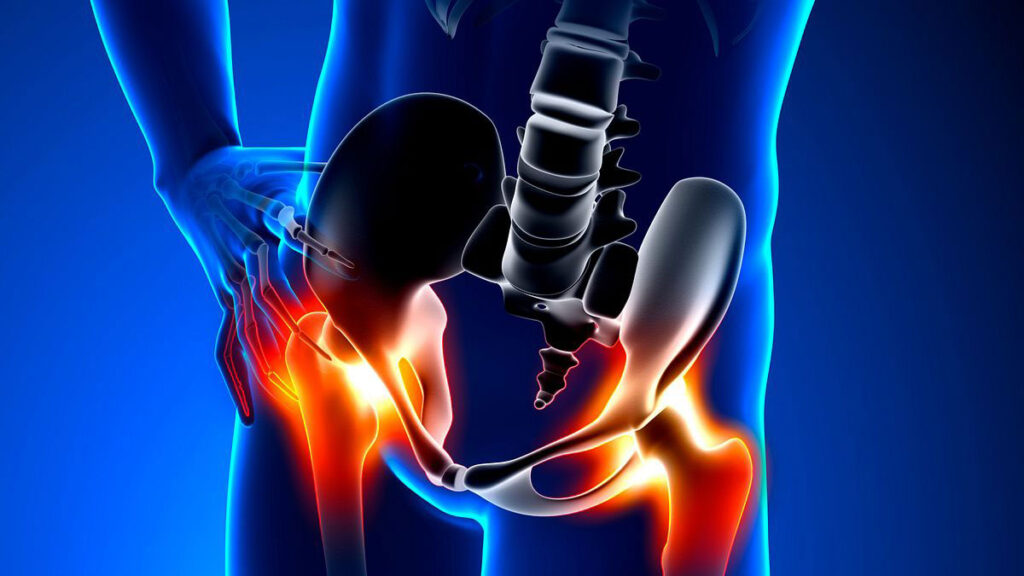
Frequently Asked Questions about hip Impingement Syndrome
Hip impingement syndrome (HIS) is a condition in which the bones of the hip joint don’t fit together properly.
This can lead to pain and damage to the cartilage and tissues of the hip joint.
HIS can be caused by a number of different things, including genetics, injury, or overuse.
It’s more common in people who participate in activities that require repetitive motions of the hip joint, such as running, cycling, or soccer.
The most common symptom of HIS is pain in the hip joint. This pain may be worse when you walk, run, or climb stairs.
You may also feel a clicking or snapping sensation in the hip joint.
Your doctor will likely start with a physical examination and ask about your symptoms.
They may also order X-rays or an MRI to get a better look at the bones and tissues of your hip joint.
Treatment for HIS often starts with conservative measures, such as rest, ice, and over-the-counter pain relievers.
If these don’t help, your doctor may recommend physical therapy or injections of corticosteroids into the hip joint.
In some cases, surgery may be necessary to correct the problem.
There’s no sure way to prevent HIS, but you can lower your risk by staying active and maintaining a healthy weight.
If you participate in activities that require repetitive motions of the hip joint, take breaks often and stretch before and after.
Shoulder impingement syndrome is a condition in which the shoulder joint becomes painful due to the compression of soft tissues.
This condition is also known as swimmer’s shoulder, tennis shoulder, or pitcher’s shoulder. It affects the rotator cuff tendons and muscles, which attach the shoulder blade to the upper arm bone.
The symptoms of shoulder impingement syndrome include shoulder pain in the shoulder joint, weakness in the arm, and difficulty moving the arm.
The shoulder pain is usually worse when the arm is raised above the head. The pain is caused due to decrease in the space between the acromion and humeral head. Acromion is a bony projection at the top of the shoulder blade and the humeral head is the rounded top of the upper arm bone.
Shoulder impingement syndrome is caused by the compression of soft tissues in the shoulder joint.
This can be due to repetitive motions of the arm, such as those often seen in sports like tennis or swimming. It can also be caused by an injury to the shoulder joint. A rotator cuff tendon tear is a common cause of shoulder impingement syndrome. Apart from rotator cuff tear, bursitis, arthritis, and tendinitis can also cause this syndrome.
A rotator cuff tendon passes underneath the acromion. When this tendon is injured, rotator cuff muscles become inflamed and swollen. This causes the space between the acromion and humeral head to decrease, leading to the compression of soft tissues and the development of shoulder impingement syndrome.
Shoulder impingement syndrome is typically diagnosed based on a medical history and physical examination.
Imaging tests, such as X-rays or MRI, may also be ordered to rule out other conditions.
Treatment for rotator cuff injury or shoulder impingement syndrome often includes a combination of rest, ice, and NSAIDs.
Physical therapy may also be recommended to stretch and strengthen the muscles around the shoulder joint in order to relieve pain. Steroid injections can help reduce the swelling in most rotator cuff tears.
Surgery is occasionally necessary to relieve the pressure on the compressed tissues.
If left untreated, shoulder impingement syndrome can lead to the development of other conditions, such as rotator cuff tendinitis or bursitis.
These conditions can further complicate treatment and may require surgery.
If left untreated, shoulder impingement syndrome can lead to the development of other conditions, such as rotator cuff tendinitis or bursitis.
These conditions can further complicate treatment and may require surgery.
Have you been injured at some point in your journey?
Are you not achieving your highest level of function?
We’ve helped hundreds of people at all walks in life
get back to performing their best painfree!
3 Ways to Level Up Your Rehab and Injury Prevention With Us





